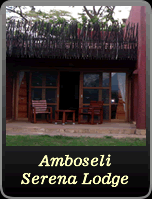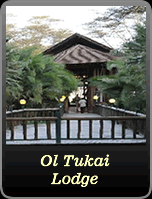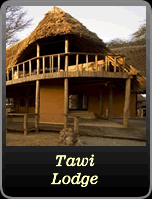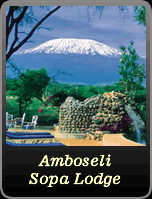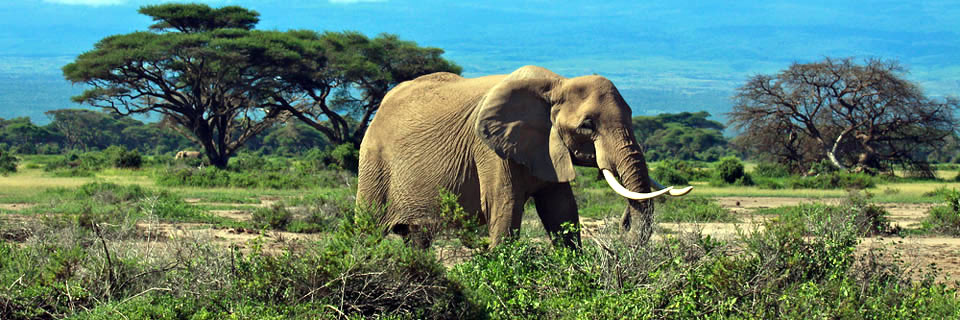
Amboseli National Park
For iconic views of wildlife wandering under the snow-capped peaks of Mount Kilimanjaro, Amboseli National Park is the place to come. The mountain, just over the border in Tanzania, towers over the wetlands that make up the park.
To see Amboseli in all her glory come in the lush wetter months, when Lake Amboseli fills with water and birdlife, and every tree, bush and shrub glows a vivid green. Worth particular mention are the famously large-tusked elephants – if you’re feeling energetic after all of those scrumptious safari meals you can climb Observation Hill and watch the herds sending clouds of dust into the air as they move over the plains.
Amboseli lies immediately North West of Mt. Kilimanjaro, on the border with Tanzania. Amboseli was established as a reserve in 1968 and gazetted as a National Park in 1974. The Park covers 392 km2, and forms part of the much larger 3,000 Km2 Amboseli ecosystem. Large concentrations of wildlife occur here in the dry season, making Amboseli a popular tourist destination. It is surrounded by 6 communally owned group ranches. The National Park embodies 5 main wildlife habitats (open plains, acacia woodland, rocky thorn bush country, swamps and marshland) and covers part of a pleistocene lake basin, now dry. Within this basin is a temporary lake, Lake Amboseli, that floods during years of heavy rainfall. Amboseli is famous for its big game and its great scenic beauty - the landscape is dominated by MT Kilimanjaro.
Located on the border with Tanzania, Kajiado District, South Kenya; The climate is mainly hot and dry. Amboseli is in the rain shadow of Mt. Kilimanjaro. The maximum average temperature of the warmest month is 33°C during the day, while that of the coldest is 27-28°C. An annual rainfall of 300mm per annum is distributed in two seasons: April/May and November/December. Recurrent droughts and potential evaporation of 2200mm per annum typifies the region (KWS, 1991).
The main road into the Park is from Nairobi are via Namanga (240 km) on the Nairobi - Arusha Road, via Meshanani Gate. The road is tarmac upto Namanga but is badly corrugated and potholed in places from Namanga to Meshanani Gate (75km). The other road and via Emali (228 km) on the Nairobi - Mombasa Road. The road is tarmac up to Emali and murram from Emali to Remito Gate (64 km) Access from Mombasa is mainly through Tsavo West via Kimana (Olkelunyiet) Gate.
